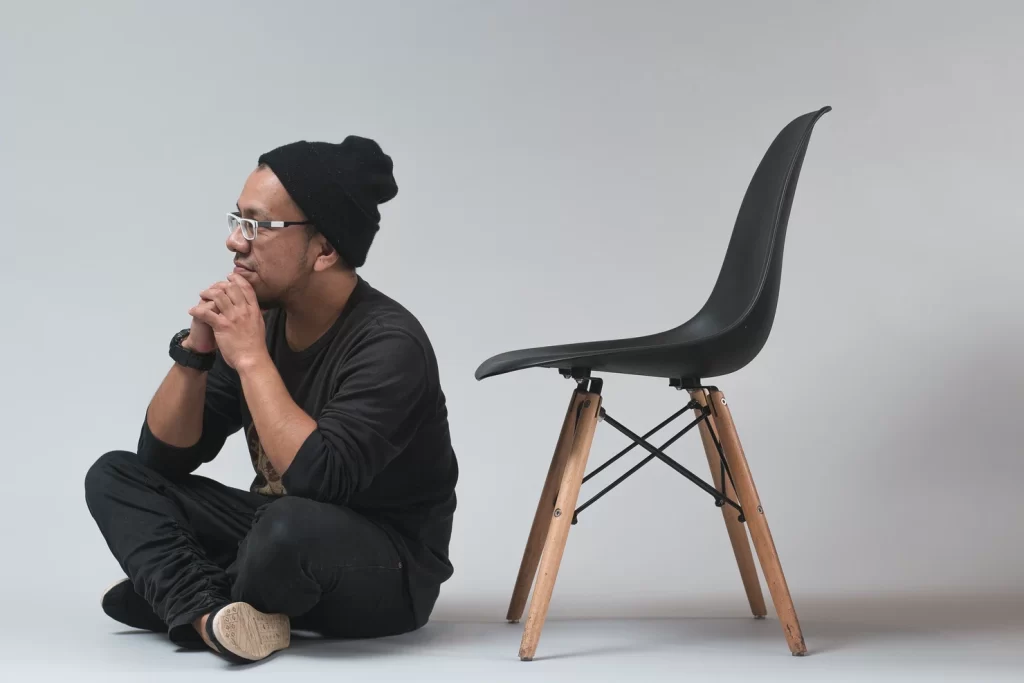
There you are all happy and vibrant in your first day supporting a new team. So confident! And if you are anything like me, you are very excited for the change, your mind is racing with ideas of what the relationship will be.
After many mistakes, I finally understood what it takes for building trust with new Agile teams. In fact, with any team, really. That’s what I’m sharing with you today. While this is not an extensive list, it is definitely one bout 4 things I consistently apply with success. I hope you find it useful.
Don’t come in guns-a-blazing
I know…some people might read this and think: “but as the new Agile Coach I need to be helpful! There’s a reason why there’s a probation period! What happens after my 90 days?”
I used to think the same. You have to show your value when you come in. Turns out there are many ways to be valuable, and showing up aggressively defending positions is not one. No matter how eager you are to show your skills and be helpful don’t be too adamant about your views. Not if you want your team to trust you.
Trust is friends with respect and a great way to show respect is acknowledging that the team already works without you, maybe rather well! Honor their past and hear their experiences. You will notice that are actually many opportunities just waiting for your helpful insights when you listen. Get curious, ask questions. Ask what they are doing, how they are doing. Ask them what they are looking to improve the most. Join their idea. Work with affinity. The team will most likely appreciate your help if you support their agenda. And helping them succeed there qualifies you as part of the team. Or at least a good ally.
Get to know people individually
A team is made of individuals. While you show up for supporting the team, you don’t gain trust with a thing, a construct. You gain trust with people. And if one of the team members does not trust you, the team does not trust you.
Know who are the members of the team. Know their names and their roles. Discover who they are as people. It certainly helps knowing if they live with family, if they like to travel, the name of their pets. Ask away! And have fun in the process. I like to draw little depictions of my team members when I first start. I don’t keep those forever, of course. But it certainly helps me when I see the little mindmaps of Cindy with blue hair in the center of her life. A dog named Bobby on her right. And spidery links all over the map letting me remember her hobbies, her hopes, and dreams.
You don’t need to draw mindmaps, but you get the idea. I do suggest if you don’t mindmap that you use anything else that helps you retain all that information fast. We’re injecting steroids into your relationship-making. We’re gaining weeks in a matter of days. Because people really appreciated being valued, remembered, and considered.
Consider having individual conversations and those famous one-on-ones are less scary than they might seem. I wrote a quick blog post about this here.
And hey, you can even show them the team if you are proud of your drawings. There’s a lot of fun to be had in exchanging those. Maybe they’ll even become the team avatars on their Kanban board!
Be vulnerable
Now, this is how this works: reciprocity: they share some, you share some. If you are only asking questions but never answering any… that’s kinda creepy and weird. Or at least doesn’t inspire trust in your team. I don’t know about you, but I don’t trust people I don’t know. Not knowing what is in it for you makes you an outsider. People might still like you and even appreciate your help, but they will be more reserved around you and more resistant when your ideas seem less obvious or in conflict with what they know.
Do you need to be indiscreet? Absolutely not. Share to the level of your comfort. And in that case, be fair: don’t ask your team members questions you yourself would not be willing to answer. But be ready to tell them more than your resume. Tell them about your obsession with colorful felt and gel pens (not me, just an example, you know…) or how you are finding it a little more difficult to navigate this new position than you originally thought. Share something real. Share who you are.
Sometimes we are afraid of our own vulnerability because it might seem as if we were weak. It turns out it’s the opposite. Being confident in your vulnerability makes you very strong. Remember that even superheroes have big flaws and fears and we still love them and root for them. If you are not even attempting to be a hero, why worry then?
Be your word
How about making few promises and keeping the ones you make? I’m a big fan of that and it pays off. Being in integrity, and reliability is a big statement for people who don’t know you yet. Of course, we all make mistakes in life, and you probably know that the better people know you the more they are accepting of you breaking promises.
But not now, with your new team. So be mindful that when you offer help, DO help. When you say you will do something for them, DO it. Don’t promise stuff and then find excuses on why you didn’t yet, or the excitement to have you around will wear off pretty quickly.
Similarly, it’s helpful to be a role model. You are an Agile Coach (or whatever the name your company decides to give to the role), so walk the talk. Don’t multitask and tell your team not to do so. Don’t take forever to accomplish things instead of operating in iterations with small batches of work. Don’t hide away and do things all alone when you are pitching collaboration.
It is very important to be your word to develop trust with your new team.
And remember…
Developing trust is not something that is done in a week. It takes time, constant work, AND is very fragile, so trust is something you are continuously nurturing with your people. When you make mistakes, you have to clean them up. That’s being your word and staying in integrity. That’s you being vulnerable.
Paying attention to those 4 things works for both teams that are being “imposed” a new Agile Coach, or teams that are eager to have you. Don’t rush the process just because the team is all excited to have you. I have a not-so-great story to share on that. But I’ll leave that to some other time!
As I close this post, I invite you to ask yourself: What do you think these 4 steps look like for you? How do you get to know people? Who are you when vulnerable? Anything else would you add to your checklist of building trust with new Agile teams?
Do you want to become an Agile Coach?
If you are interested in refining your Agile Coaching skills, one of the best ways to do it is by being supported, working with experienced coaches, and having a community of peers around it.
That’s something we offer at All Things Agile. Keep yourself in the loop by checking the upcoming dates of the Certified Agile Coaching program. While you are there, consider subscribing to know more about programs, dates, and exclusive content on Agile from the trenches directly in your inbox.



